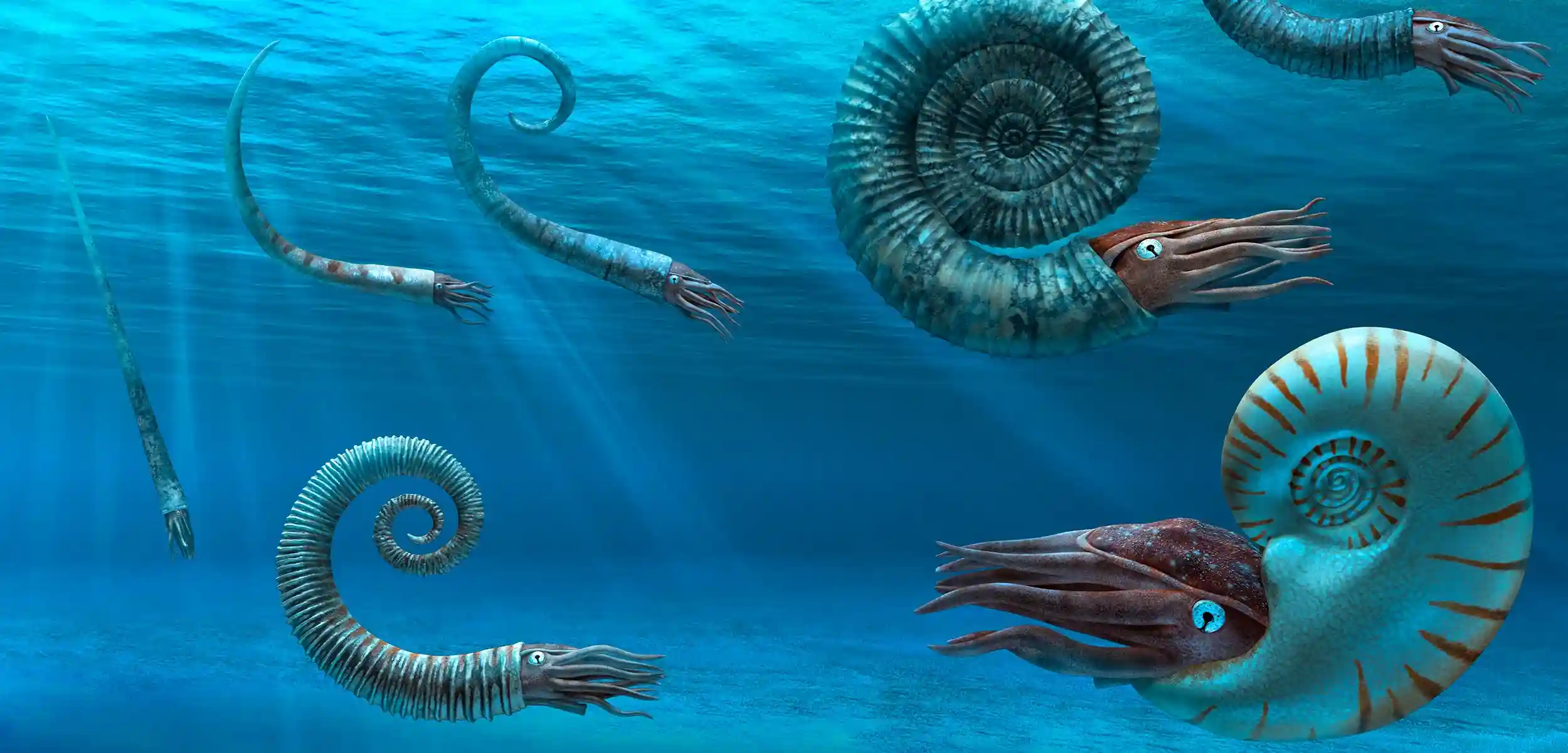Ireland Was Once Home To Peculiar Creatures Million Of Years Ago

Ireland had some of the world’s most peculiar creatures living on its physiography. A 4.6 billion years old history is embedded in its waters that contain rich history.
If it is a clear water creature that has tentacles and retrieves in its spiral shell or the warm waters shining with bright sunlight and deep corals within Ireland sea, it would be a dream come true as if a holiday destination.
(Also read: Explore 10 Most Beautiful Beaches of Ireland)
The rocks of Ireland exhibit a billion-year-old history of its peculiar creatures in the ancient oceans. The rocks formed after volcanic eruptions have revealed stories of strange and wonderful creatures that are hard to find anywhere else in the world.
The creatures include Giant Irish Deer, various forms of amphibians, unique fish and sharks, tentacle-bearing molluscs that have hard shells, sea lilies, sea anemones, corals, plants and trilobites. Trilobites are sea animals that are as small as modern-day woodlice.
Ireland’s History in Fossils
On a typical coastal walk, one can be amazed to find marine animals of Ireland that were without a vertebral column like bivalves, corals and sea lilies. But before understanding all of the creatures, a thorough knowledge of fossils is necessary.
Fossils
It is a very common term that indicates the remains of a living organism, either plant or animal, preserved in rocks for millions of years. After the life of an animal or plant is gone, it is buried in the ground or sea floor which becomes part of the sediments even after the passage of billions of years. The preserved form of rocks with their formation are called fossils.
Fossils are considered a life history or snapshot of the life of the dead plant or animal. Just like the fossils and skeletons of dinosaurs are the only ones that we have had as evidence that such enormous creatures lived once on the face of the Earth.
Similarly, these fossils in Ireland are proof of amazing sea life. More than half of the rocks in Ireland were formed 354 to 298 million years ago. This dates back to the Carboniferous period which was widely known for its swamp forests. The rocks belonging to this age are also of great interest to fossil finders.
To better interpret the characteristics, let’s delve deeper.
The Carboniferous Era
Approximately 250 to 200 million years ago, a vast area of Ireland, northwards, was covered with warm tropical seas. The animals that were gone at that time were transformed into fossils, particularly in the limestone rock, constituting most part of Ireland now. One of its most common examples is found in County Clare where the limestone terraces are in abundance.
Other peculiar creatures started to show up in fossils when mountain belts started to expand in south Ireland during the Carboniferous Era. The sea was replaced by swamps and forests. Sandstone and shale were the two most common forms of rocks that started to appear during this time, and later, coal.
Types of Creatures That Were Present in this Era
The strange creatures that were part of this era are ammonoids and tetrapods. Ammonoids are the extinct forms of molluscs that were known as one of the most terrifying carnivorous predators living in the sea at that time. They were interesting creatures in terms of their diversity in size, shape and sculpture.
People can see plenty of fossils with ammonoids in County Clare, County Kerry and County Clare. In fact in County Clare, people have named these fossils as “fool’s gold” as they are presented in pyrite. Fossils could be less than 1cm in size but it is easy to spot them if you get closer and have a keen eye.
On the other hand, recently two tiny bones of a 325 million-year-old amphibian, tetrapods, were found by geologists in Ireland’s County Clares’ fossils. They were four-limbed animals. They looked like salamanders and usually crawled on soft mud, also preserved within the shape of the fossil.
How Enlightening Fossils Are
Just like science has been studying the evolution of human life on Earth, environmental changes are also under constant scrutiny. For an extensive understanding of ancient environments and climatic conditions along with the changes happening over time, such as global warming, fossils tell the history symbols of this evolution.
The kind of environment they lived in millions of years ago and how humans have changed the environment for their own convenience have created great impacts on such organisms. They are just known as ‘peculiar creatures’ that tell much about Ireland in those times.
LATEST NEWS
DISCOVER MORE






